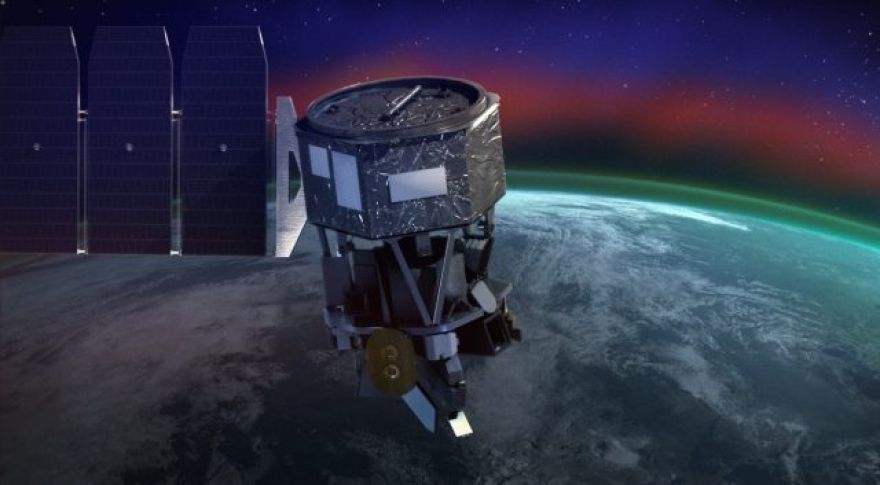
NASA Finally Launches Delayed ICON Mission to Study the Ionosphere
NASA is talking a lot about long-term missions like new trips to the moon and the possibility of human voyages to Mars, but its latest mission is a bit closer to home. The Ionospheric Connection Explorer (ICON) spacecraft after years of delays. This probe orbits lower than many satellites because it’s analyzing the ionosphere, a part of the atmosphere that is both fascinating and tough to study.
The ICON program kicked off in 2013 along with the Global-scale Observations of the Limb and Disk (GOLD) mission. While GOLD launched in early 2018, the ICON program has been much more challenging than expected.
finally had good luck with the Pegasus XL late on Thursday, sending the spacecraft into low-Earth orbit. The ionosphere is the uppermost section of the atmosphere that contains both the exosphere and thermosphere. It’s called the ionosphere because it’s the part that’s ionized. It plays an important role in radio signal propagation, electrical activity in the lower atmosphere, and even how Earth responds to solar weather. The problem is that we can’t study it well from the ground, and most spacecraft orbit too high to get a good look at the ionosphere. That’s where ICON comes in — it orbits at 360 miles (579 kilometers) with an orbital inclination of 27 degrees.
The spacecraft includes a suite of instruments perfectly suited to characterize and track phenomena in the ionosphere. It has an ion drift meter to detect faint hints of plasma, a wind speed and temperature sensor, and several infrared imagers. NASA hopes to use ICON to study the so-called airglow in the ionosphere. Full-fledged auroras appear near the poles in the ionosphere, but airglow is a fainter version of the same process that can happen almost anyplace. By observing airglow, NASA can track the movement of particles through the upper atmosphere.
NASA expects to receive the first data from ICON in November. The primary mission should last about two years, after which we may better understand how the ionosphere affects human activity on both the ground and in space.
Now read: